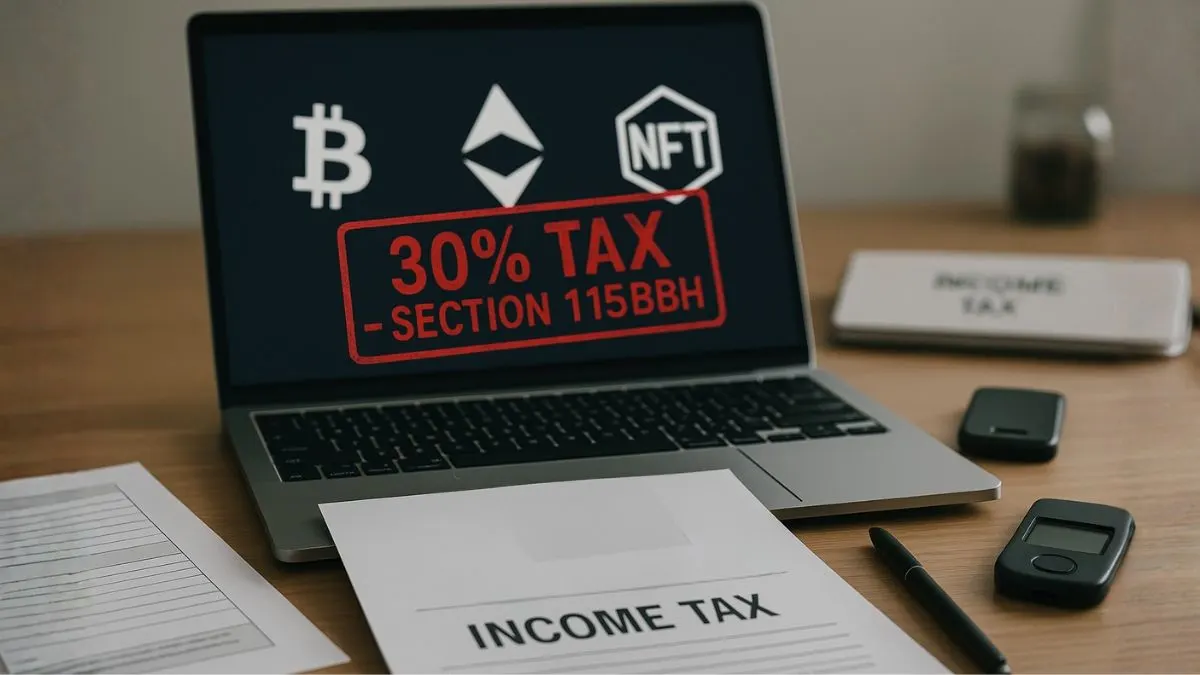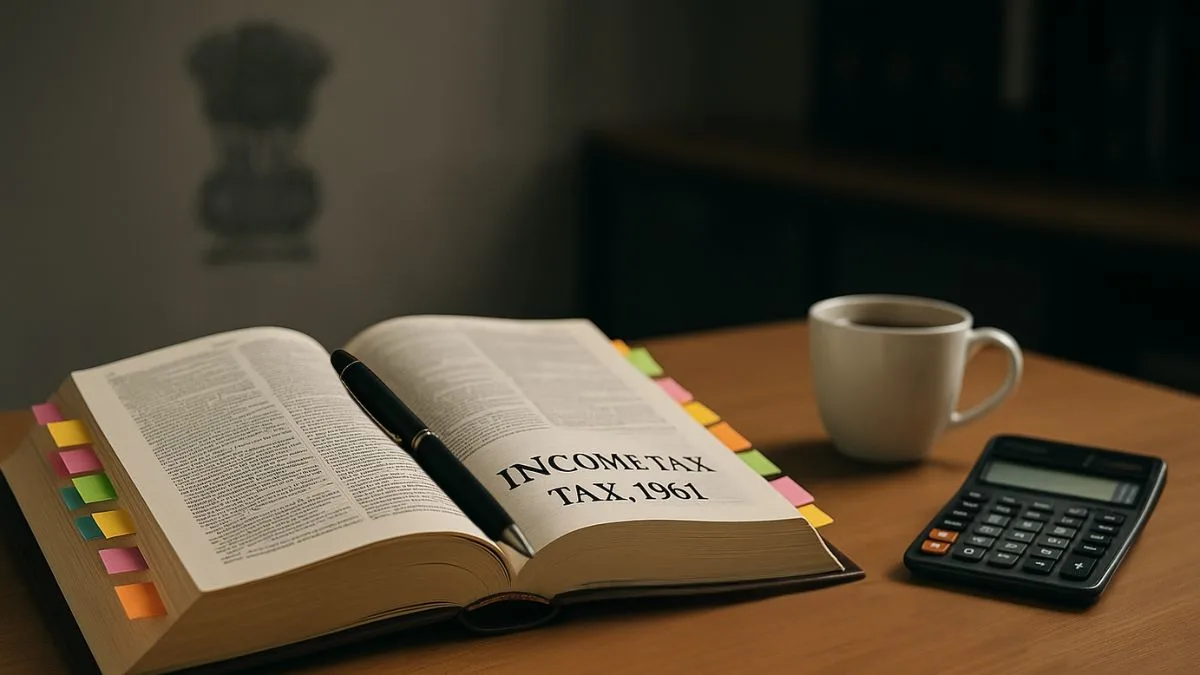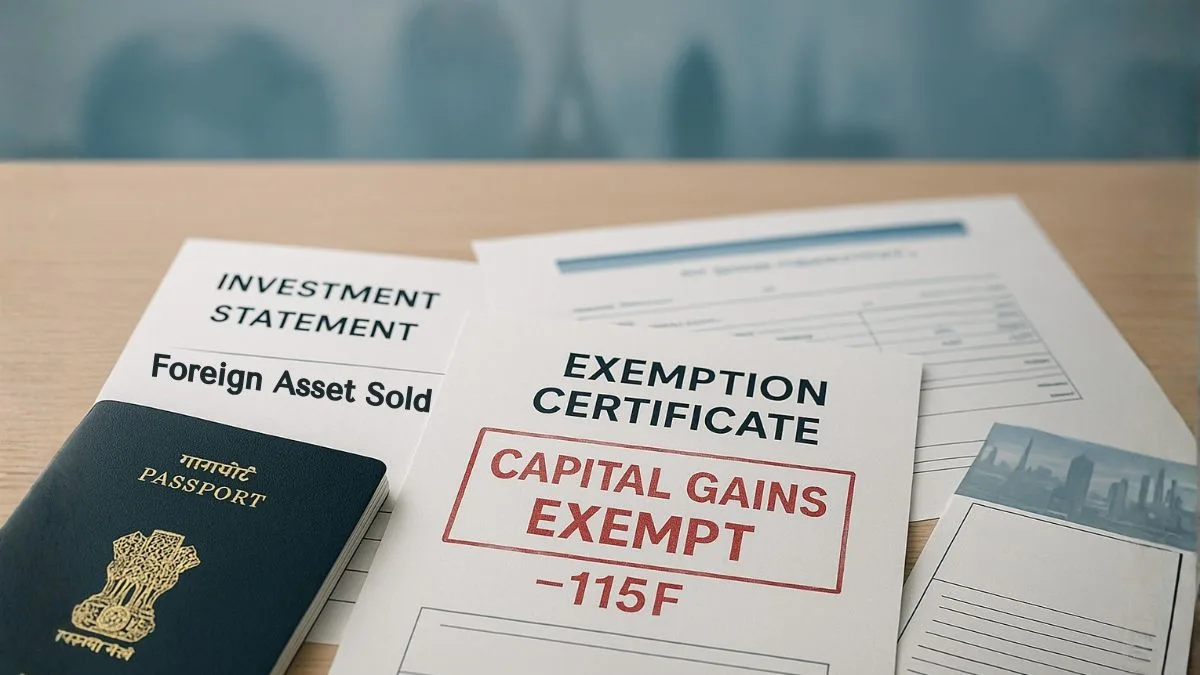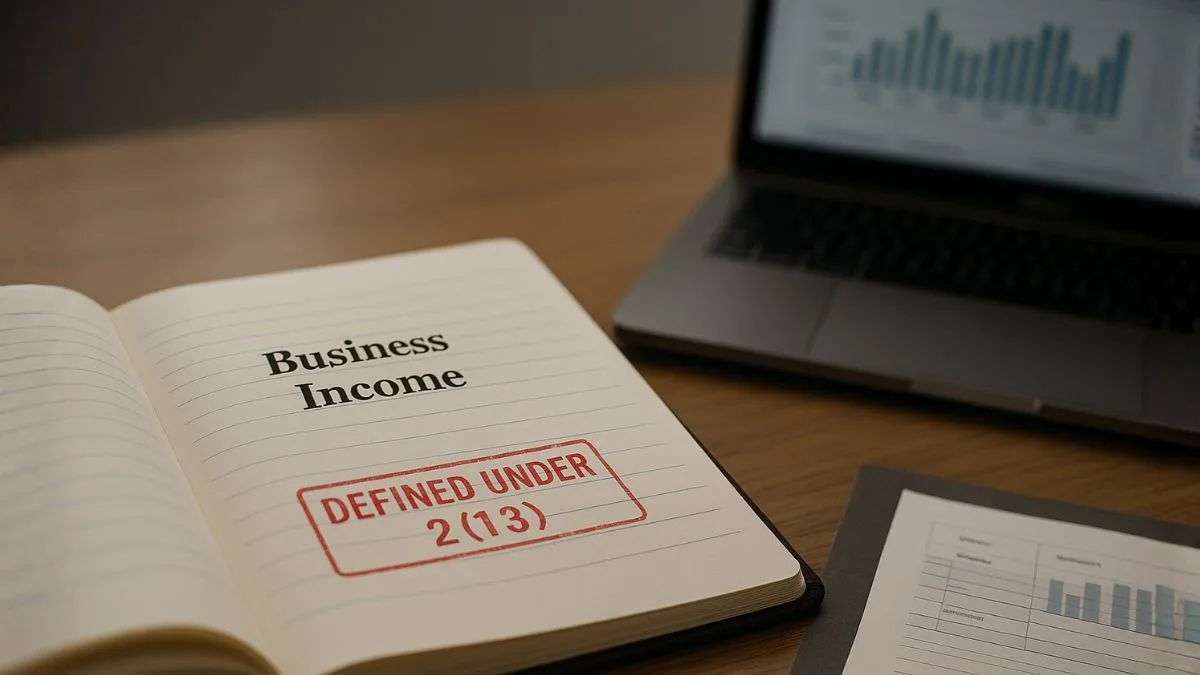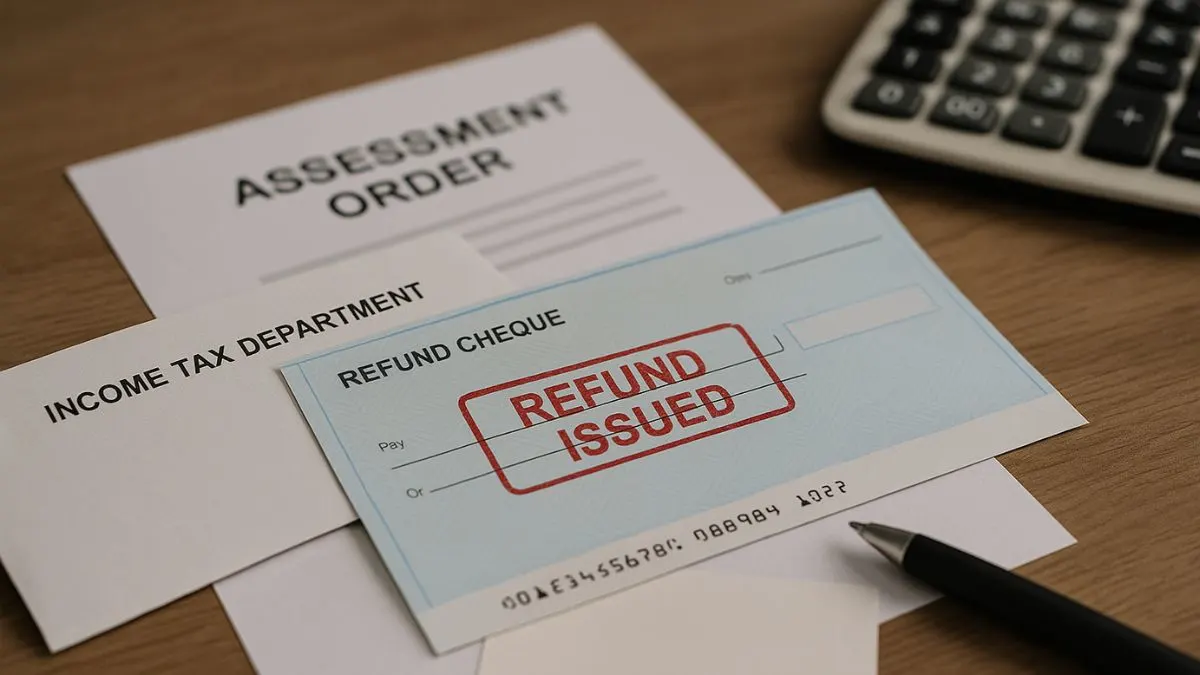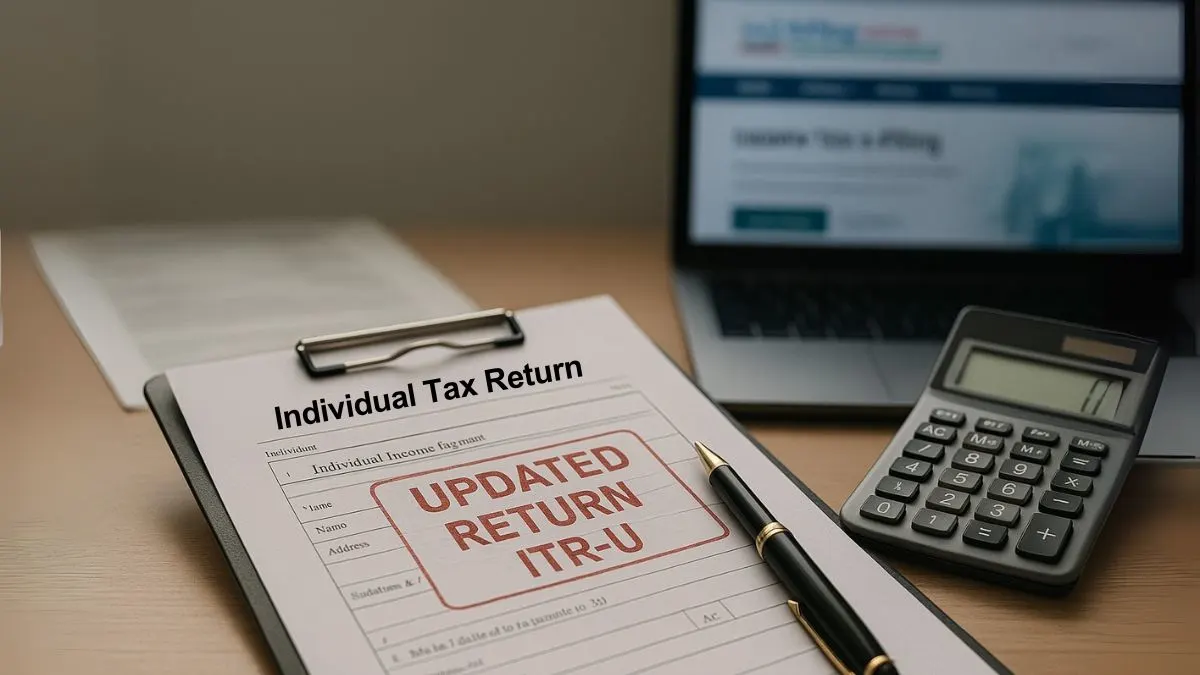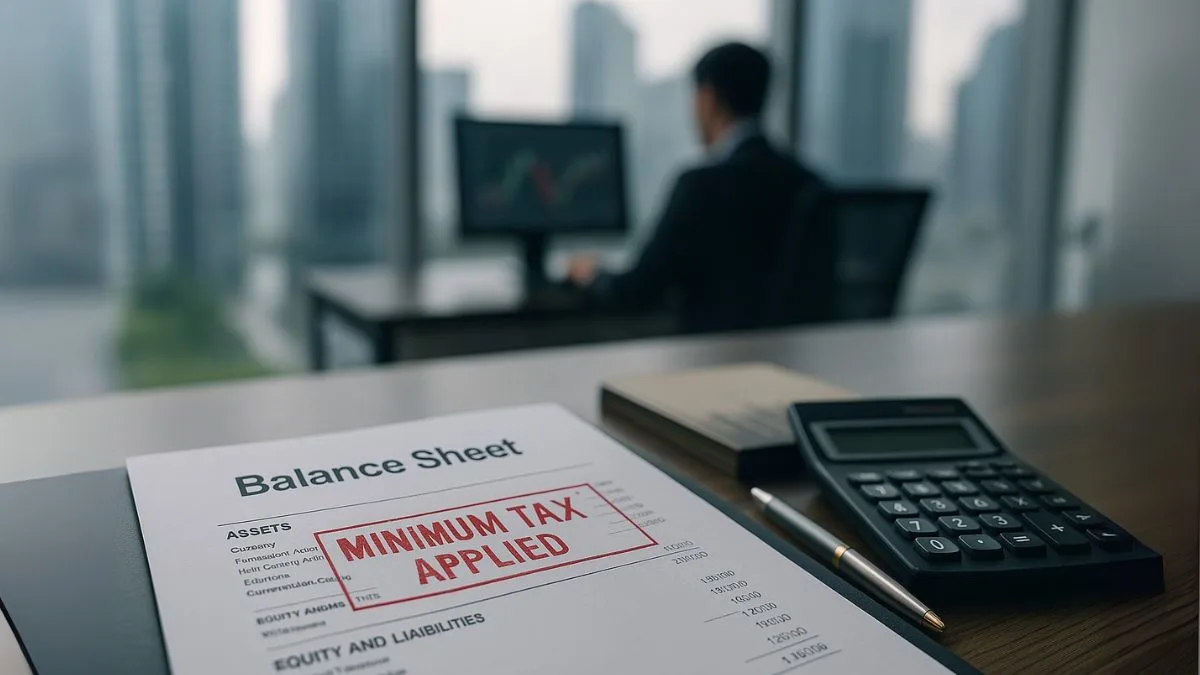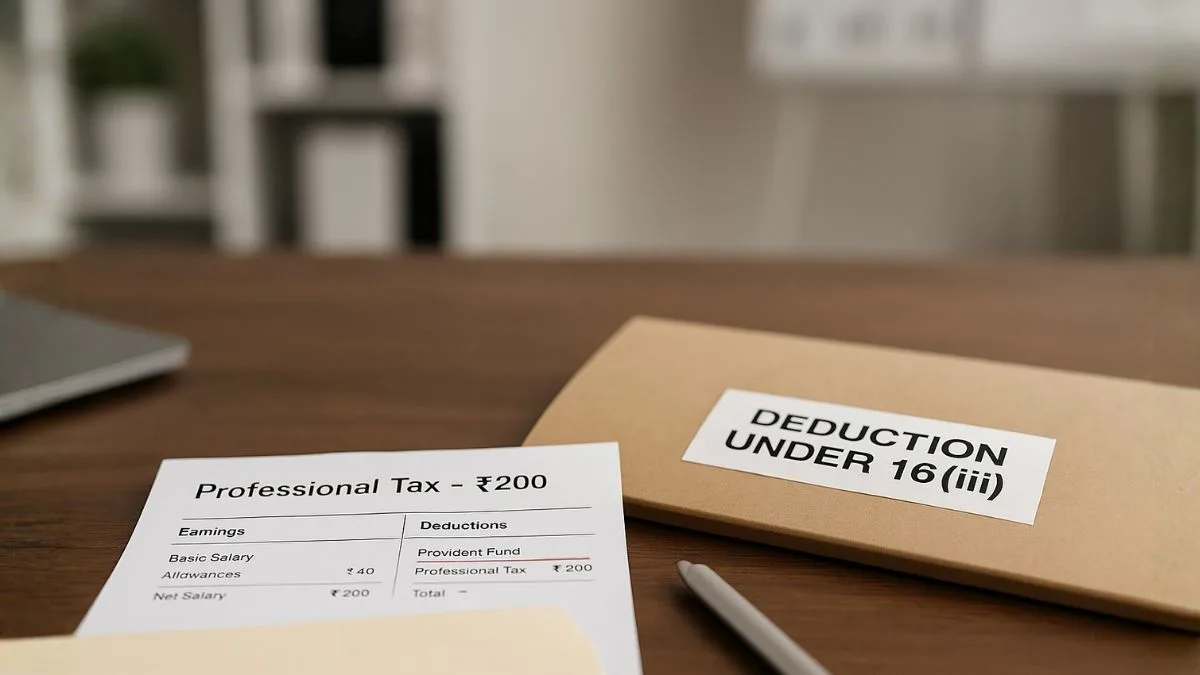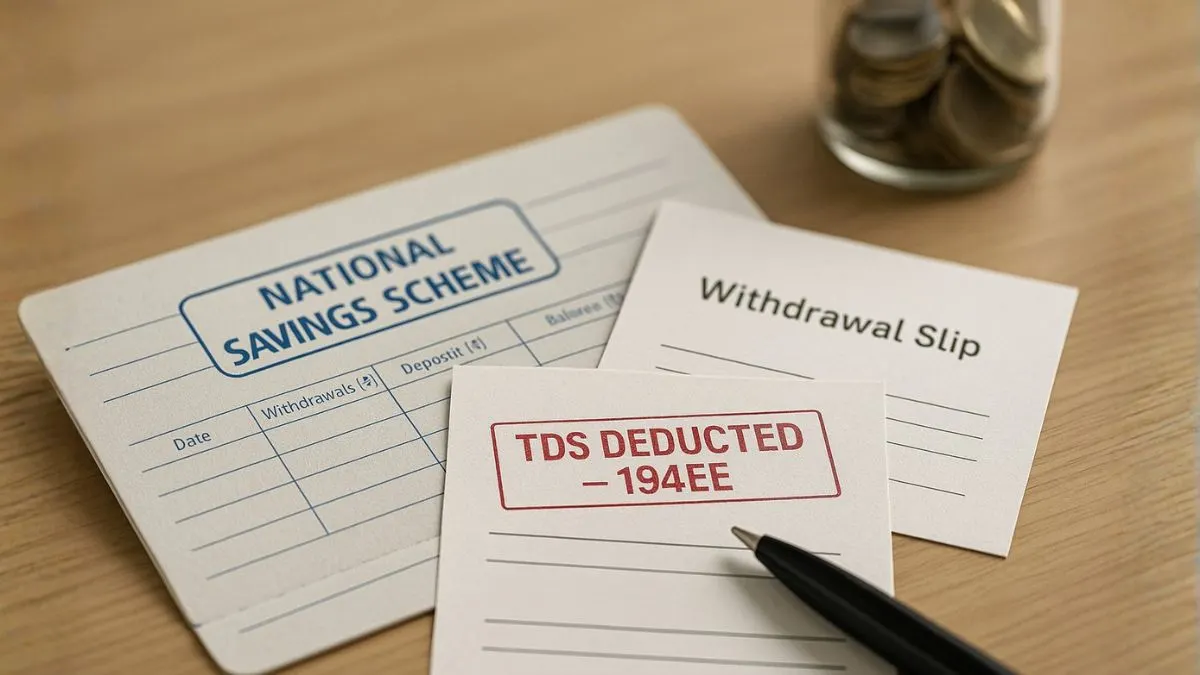
When it comes to taxes, some sections sound scarier than they really are. Section 194EE is one of them.
It sounds complex, but once you know what it’s about, it’s pretty simple — it’s just about Tax Deducted at Source (TDS) when you withdraw money from your National Savings Scheme (NSS).
If you’ve ever invested in NSS & thought, “Will tax be deducted when I withdraw?” — this one’s for you.
What Is Section 194EE?
Under Section 194EE of the Income Tax Act, 1961, whenever someone withdraws their NSS money before maturity, the post office or bank must deduct a part of the amount as TDS.
Think of it like this — before you get your money, a small part goes to the government first.
It’s a way of collecting tax in advance so that you don’t end up paying it later at once.
The TDS Rate — Here’s the Catch
The law keeps it straightforward.
👉 Tax Deducted at Source (TDS) shall be deducted at the fixed rate of 20%.
So, say you’re withdrawing ₹40,000 from your NSS prematurely — ₹8,000 will be deducted & sent to the Income Tax Department.
You’ll get the rest.
Now, this deduction applies mostly when you haven’t provided your PAN. If your PAN is linked and valid, the deduction can be adjusted as per actual tax liability.
No PAN, no mercy — the law clearly says flat 20%.
The Small Saver Relief — ₹2,500 Limit
The government knows not everyone withdrawing NSS is a high earner.
That’s why if the total withdrawal during a year is below ₹2,500, no tax is deducted at all.
This is a small but thoughtful exemption. It saves tiny depositors from unnecessary tax cuts on small withdrawals.
Also Read: Form 15H: The Declaration That Saves Senior Citizens from TDS
Who Deducts the TDS?
This one’s easy — whoever pays you.
Usually, it’s the Post Office or the authorised financial institution where you opened your National Savings Scheme account.
They don’t have to chase you for tax — they deduct it automatically before releasing your funds. Simple.
When No TDS Is Required – Yes, There Are Exceptions
Now, here’s where it gets interesting.
The law also lists cases where tax deduction under Section 194EE of the Income Tax Act 1961 is not required.
✅ No TDS if the payment is made to:
- A nominee or legal heir when the depositor has passed away.
- Someone withdrawing less than ₹2,500 in a year.
- An investor who has submitted Form 15G or 15H, declaring that their income is below the taxable limit.
So yes, you can save yourself from TDS if you fit into these categories. But you’ll need to submit the right declaration forms — preferably before you make the withdrawal.
What Kind of Payments Are Covered?
Section 194EE only applies to payments made in respect of deposits under the National Savings Scheme (NSS).
In simple words — only when money is being withdrawn or paid out."
Interest added each year in your NSS account isn’t touched by this section.
TDS comes into play only when you take the money out.
Important: TDS ≠ Final Tax
One common confusion people have — “If 20% TDS is cut, is that my total tax?”
Nope.
TDS isn’t the final tax.
It’s just a portion collected early. When you file your Income Tax Return (ITR), that deducted amount shows up in your Form 26AS as credit.
If your total income is below taxable limits, you can claim a full refund.
If it’s taxable, the deducted amount simply gets adjusted. So, either way, you don’t lose out.
Also Read: Form 15G: The Smart Way to Stop Banks from Deducting TDS
Quick Example to Make It Clear
Let’s say Ms. Anjali invested ₹1,00,000 in NSS. Three years later, she withdraws ₹60,000.
Here’s what happens:
- 20% TDS = ₹12,000
- She receives ₹48,000
- The post office deposits ₹12,000 to the Income Tax Department under her PAN
When she files her return, that ₹12,000 shows as already paid tax.
If her income is below the taxable limit — she’ll get it refunded.
So it’s not a loss — it’s just an advance tax payment.
Compliance Rules for Deductors (Post Offices and Banks)
For post offices & other institutions, deducting TDS isn’t the end of their job. They also must:
- Deposit that deducted tax with the government within the due date.
- File a quarterly TDS return using Form 26Q.
- Issue a TDS certificate (Form 16A) to the depositor.
That certificate helps the depositor verify & claim credit while filing taxes.
Summary Table — Quick Reference for Section 194EE
|
Particular |
Details |
|
Law |
Section 194EE of the Income Tax Act 1961 |
|
Applies To |
Payments/withdrawals from National Savings Scheme (NSS) |
|
TDS Rate |
20% (if PAN not provided) |
|
Minimum Limit |
₹2,500 per financial year |
|
Exempt Cases |
Death of depositor, Form 15G/15H, withdrawal ≤ ₹2,500 |
|
Who Deducts |
Post Office / Authorised Institution |
|
When Applied |
On payment or withdrawal before maturity |
Why Was Section 194EE Introduced?
The logic is simple — people were withdrawing NSS deposits early & skipping taxes on that income.
To close that gap, the government made it mandatory for institutions to deduct TDS upfront.
By doing this, they ensured at least some part of the tax is collected immediately — no waiting for people to report it voluntarily later.
Also Read: Lower Tax Rate for Domestic Companies
PAN — Don’t Forget This One
This is crucial.
If you withdraw funds without providing your PAN, the law says Tax Deducted at Source (TDS) shall be deducted at the fixed rate of 20% — no exceptions.
Even if your total income is below taxable limits, the system doesn’t care unless you’ve submitted Form 15G or 15H.
That’s why updating your PAN is more important than people realize — it saves you months of waiting for refunds later.
Common Myths Around Section 194EE
Let’s clear a few:
❌ “All NSS withdrawals are tax-free.”
→ Only after maturity, or under specific exemptions.
❌ “If TDS is cut, no need to file ITR.”
→ Wrong. You still must report it in your return.
❌ “Once TDS is deducted, that’s final.”
→ Not true. It’s adjustable — you may even get it back.
What to Do If TDS Is Wrongly Deducted
Sometimes, post offices deduct TDS even when it shouldn’t apply.
If that happens:
- Collect your TDS certificate."
- File your ITR & claim the refund.
- The amount will be credited back to your bank account after the return is processed.
It’s not instant, but it’s your money — don’t leave it unclaimed.
Why This Section Still Matters
Section 194EE might sound tiny in the grand list of tax laws, but it’s incredibly relevant for small investors & senior citizens.
Most NSS accounts are old savings tools — and withdrawals often happen without full awareness of these rules.
Knowing that TDS applies at 20% on withdrawals from deposits helps you plan better.
A little awareness today can save you from an unnecessary deduction tomorrow.
Also Read: New Manufacturing Companies Tax Rate at 15%
Final Words
If you’ve invested in NSS, don’t panic about Section 194EE of the Income Tax Act.
It’s not meant to take away your money — it’s there to ensure taxes are collected fairly & transparently.
And if you ever see a TDS cut from your NSS payout, remember: it’s not lost. You can claim it back when you file your taxes.
Simple rule: provide your PAN, file your ITR, and stay ahead of the system.
Still confused about how this applies to you?
Our experts at CallMyCA.com handle TDS & refund cases daily.
Whether you’ve had excess TDS deducted or you want help with Form 15G/15H submissions — we can sort it out for you quickly.
👉 Don’t let a small deduction eat into your savings — let us help you get it back.

